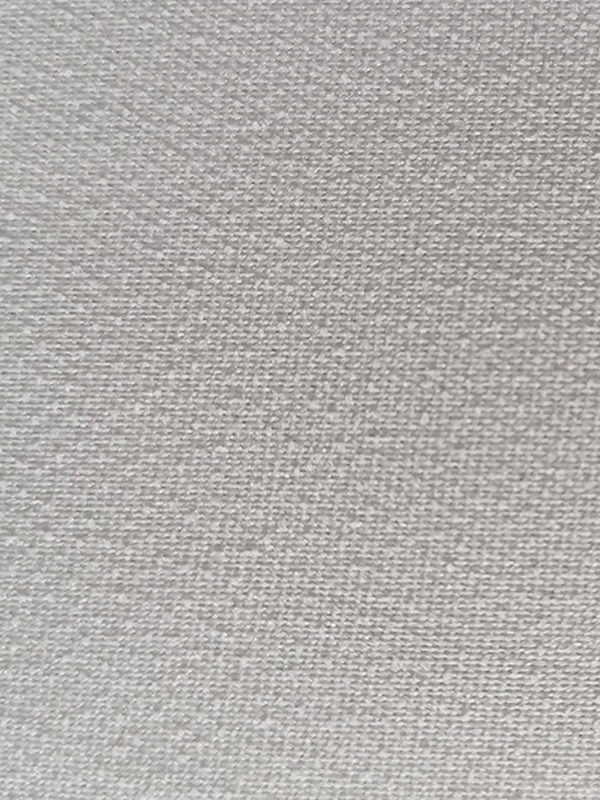Using
interlinings in garments can give a good finish, increase strength, and provide additional warmth. In addition, interlinings also offer an added level of comfort and stability.
Interlinings can be made from woven, knitted, or fusible materials. There are many different types of interlinings, each of which can be used for different purposes. The best interlining for a specific garment depends on the fabric's characteristics.
Generally, the weight of an interlining should be approximately the same as the fabric it will be bonded to. The interlining should be cut to match the grain of the fabric. It should also be no more than two millimeters shorter than the fabric. Interfacings should never be thicker than the fabric they will be fused to, as this will result in an unnatural structure. The interlining can be applied to the wrong side of the fabric, or it can be sewn onto the fabric.
For most uses, the use of non-woven interfacing is ideal. Non-woven interfacings are bonded to fabric by a chemical process. This bonding provides a firm, even surface that resists raveling. They also resist commercial washing processes. They are available in a variety of colors and can be cut in any direction.
Some of the common materials used for interlining include silk, wool, and artificial fibers. These fabrics are used for their insulating properties. They are often used in winter clothing. Some of the other uses include rainwear piece goods and extra-delicate fabrics.
Fusible interlining is the most common type of interlining. It can be applied to a garment using a fusing machine. The fusing process is often used to give a finished garment a smooth, seamless surface. However, it has the potential to degrade the garment's durability. For this reason, it is important to properly heat the machine before bulk production. It is also important to use the correct technique for fusing. The heat used in pressing can lead to adhesive leeching into the outer fabric, which can result in a shiny, glazed appearance.
Knitted interlinings are often used in knit garments with stretchable areas. Knitted fabrics offer strength, elasticity, and flexibility. These fabrics also offer a soft hand feel, which is essential for many apparel applications. In addition, knitted interlinings provide a smooth, seamless surface. This type of interlining is often found in high-end garments. They are also available in heavier blends.
Interlinings are a vital accessory. They are often used in winter pants and jackets to add warmth and stability to the garment. They are also used in knit garments to give them stretch and give them a soft hand feel. Interlinings also act as insulators, which helps to prevent deformation and stretchiness. They can also be used to help avoid wrinkles in linen.

Product number: SZ737510
Composition :Polyester (100%)
Glue:PA/PES
Hand Feel :HARD
Weight (range): Medium
Width: 150CM
Color: White










